
Name: Jeff Pitts
Position: Behavior Support Specialist, Cox Academy

Before Seneca I worked for a NPO where I taught swim lessons and coached a swim team in the North Bay. After I graduated college I wanted to keep working with kids but wanted to focus on kids who needed support accessing their academics. After six years of working in several different positions and settings I now work at Cox Academy as the Behavior Support Specialist.
Fun fact or quote:
People may doubt what you say, but they will always believe what you do.
What does your average day look like?
Everyday is different. I may be working with the dean of students around supporting particular needs of our student community, delivering professional development around behavioral intervention, supporting a student in crisis or facilitating a family meeting.
Why do you do this work?
I believe it to be meaningful. I am also a person who is drawn to a challenge and work with a great team who are very passionate and do great work. I started doing this work because ALL kids deserve to have someone who believes in their ability to succeed. I stay doing the work in order to create supportive structures for all students while supporting a strong team to develop a culture of change and empathetic care.
What hope do you have for the future of All-In?
I hope that our vision for students who have been historically misunderstood can be shared with communities in the Bay Area and beyond. I also hope that our leadership and professional development around student support is something that is able to be held by other schools and professionals working in the field outside of our agency so that we can create long-term sustainable change in our communities and education as a whole.

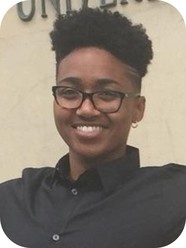

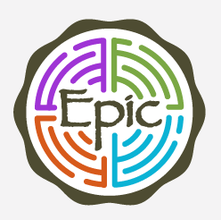
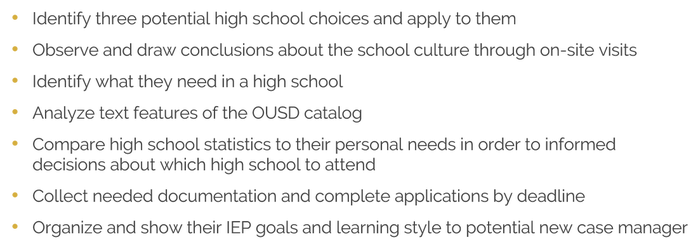
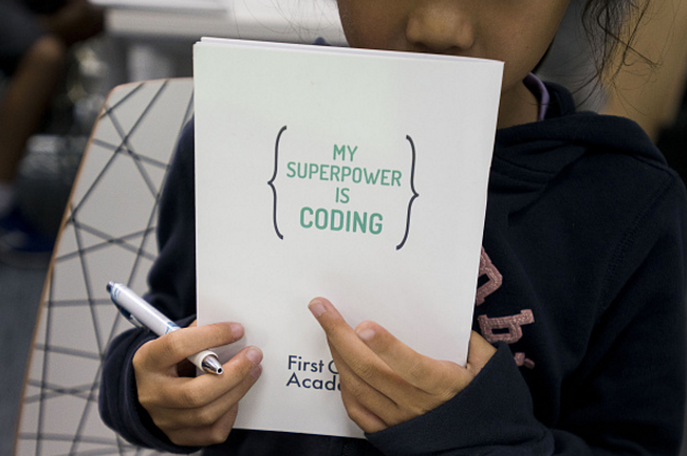

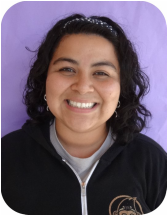

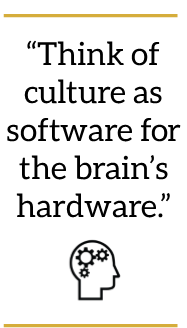
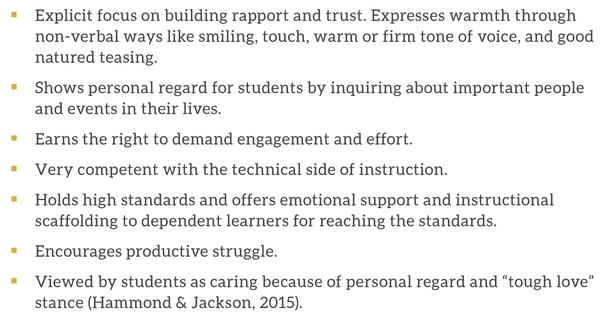

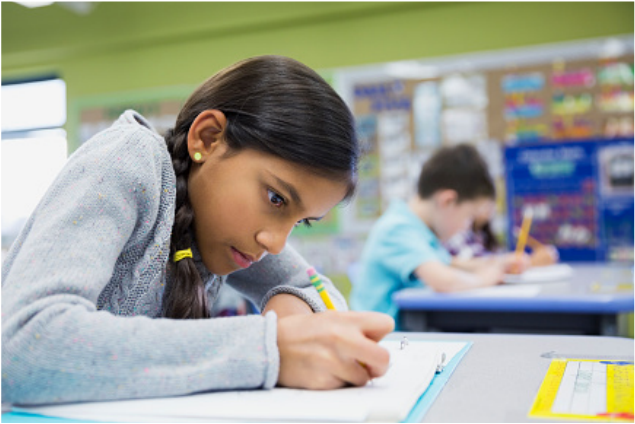

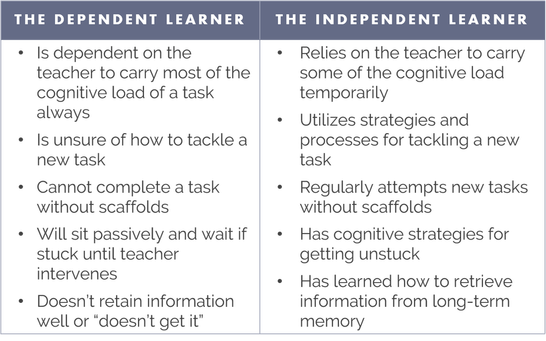
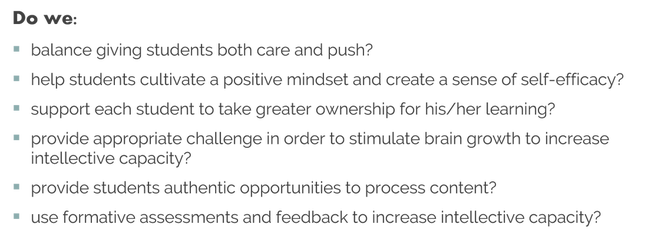


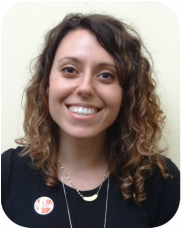





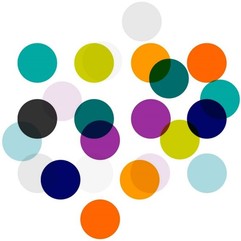

 RSS Feed
RSS Feed